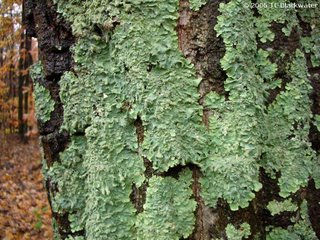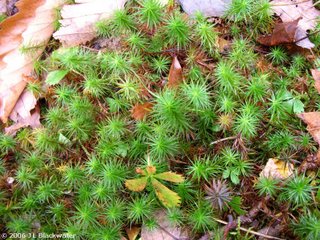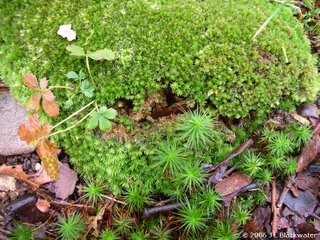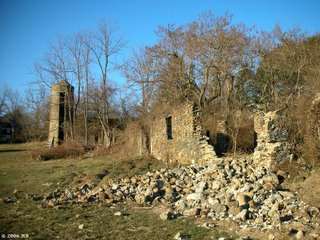Sculptures of Trees and Stone









This seemed like a perfect opportunity to share a walk through the Topiary Garden at Longwood Gardens.
Toward the end of last summer (2006), after my own encounter with blog ennui, I began to explore my local area to shake things up. Pennsylvania is still new to me, and Longwood Gardens was a great find. I took hundreds of pictures (and will be returning in May for spring blossoms).
The Topiary Garden was a first for me. I may have seen pictures of topiary before, and seen a few nice coppices here and there, but I’ve never been in a full-scale, Alice-in-Wonderland-esque topiary garden – and boy was this one cool.
Animals, geometric shapes, flowers, and gorgeous stonework truly set this space apart from the rest of the gardens. It was impossible not to have fun in there!
The topiary are crafted from yew trees: Japanese yews (Taxus cuspidata) and English yews (Taxus baccata), which bear lovely red fruit.According to the Longwood Gardens website,
"Gardeners shear these topiaries every July and August, and it takes years to develop the desired forms. The garden today includes more than 50 specimens in 20 different shapes."
When we came upon the Topiary Garden, we’d already spent the day walking all around the gardens, and it was just about to rain. Big, purple-grey clouds gathered as we were greeted by deeply colorful roses, and a low stone wall.
The topiary may look rigid – but when you get up close, they’re actually incredibly springy! All the branches love to play and dance, so you can get up close and make the shapes wobble and wiggle and wave with the slightest touch of hand. The gardeners are true artists – you don’t see many exposed cuts -- just nice, smooth needles carpeting all sorts of amazing shapes!
When we finally exited the Topiary Garden, we were met with the fire-eyed Chinese Foo guard dogs, and a warm afternoon rain. Despite its meticulous manicure, this garden is amazingly vibrant and friendly!






















 Follow Jade Blackwater on Twitter
Follow Jade Blackwater on Twitter

